
The size of your family and your traveling companions will basically dictate the size of your tiny home. It is highly recommended to keep the number of inhabitants of your tiny home as limited as possible.
In this article, we will look at the best ways to maximize every bit of space within each room of your tiny home.
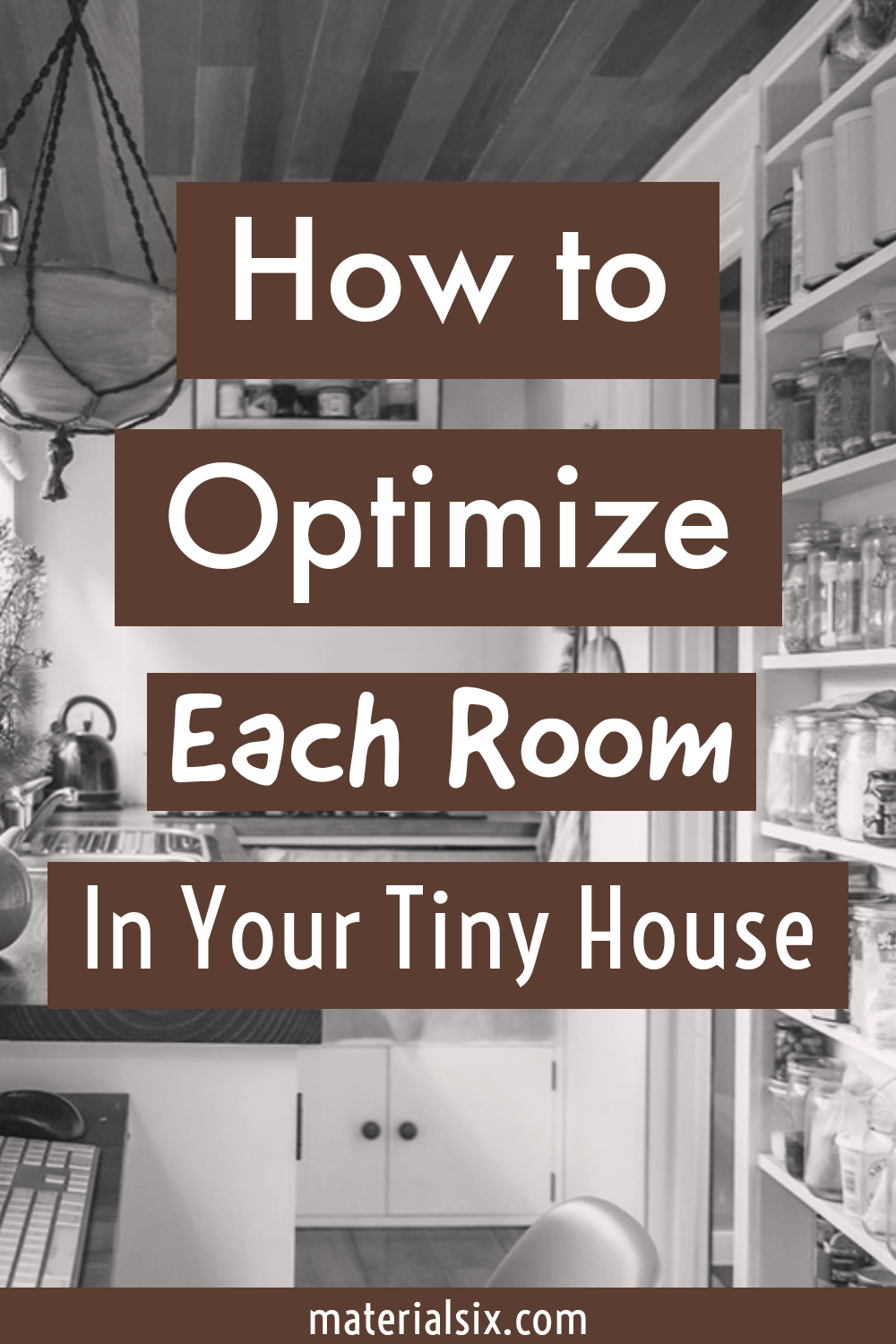
1. Kitchen
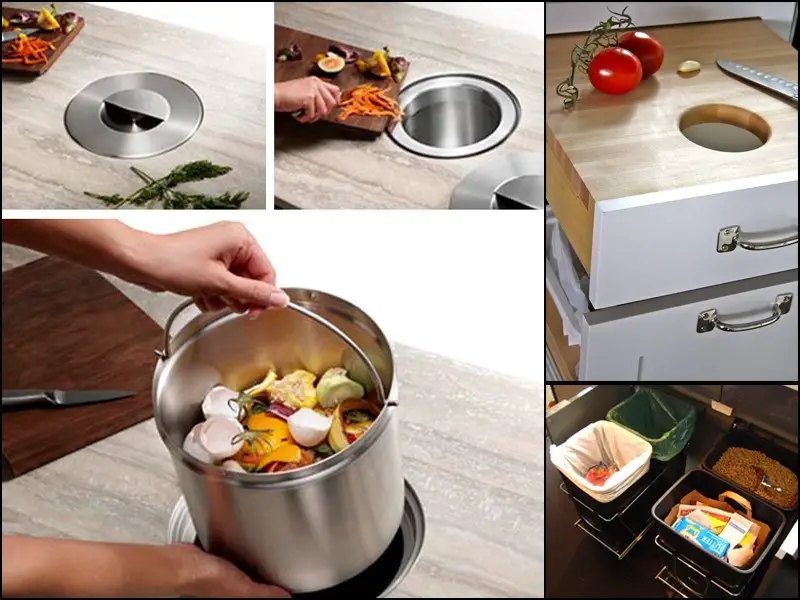
The kitchen is where most of the messes in your tiny home will occur. If you make it easy to clean and organize from the very beginning, you’ll save yourself a lot of headaches in the long run. The kitchen counter, in particular, is prone to clutter. Bare counters are pleasing to the eye and functional for folding laundry, unpacking groceries, and food preparation. Bulky appliances such as microwaves, coffee machines, and toaster ovens will quickly consume your counters.
For maximum space in a tiny home kitchen, find a home for any kitchen appliance that isn’t essential to your daily life. Ask yourself, do I really need a microwave? Do I need it enough to sacrifice the counter space? Or, would it be simpler to warm my food on the stove? If you have two appliances that perform the same essential function, one has got to go.
In fact, you should own some appliances that perform multiple functions, such as a pressure cooker that makes soup, steams rice, and can cook a variety of meals. For nearly every type of appliance used in the kitchen today, there is always a smaller, “micro” sized version. Adding these to your tiny home will free up plenty of space.
Store “pretty” items high. Having high shelves or hangings baskets can clear your counters and harness the underutilized space above your eye-line. Put your “pretty” items, such as festive plates, wine glasses, or Grandma’s pasta maker on a display shelf to double as art. Store your fruits and veggies in a hanging basket. Mount a floating dish rack over your sink. Hang your pots and pans from ceiling hooks. Hide bulky items. There’s no room for bulky items in a tiny house. Place large appliances under the counter when not in use, such as blenders or toasters.
You can create your own counter space by using a sink cover, or even a cutting board to cover your sink, making extra space for food prep. Eliminate the counter space allocated for a stovetop by using a portable hotplate that can be stored under the counter when not in use.
This is a space-saving tip that can be applied to your entire tiny home but is especially helpful in the kitchen: Mount items to the wall. Use hooks to hang your cutting boards. Magnetize your knives to a wood magnetic knife holder and use magnetic spice holders on your refrigerator. The same thing can be done with the inside of cabinet doors. Mount flat or small utensils to the inside of your cabinet doors instead of using a counter utensil rack. If you have a counter skirt, sew pockets into the material for storage. Now every utensil has a proper home.
Food diminishes over time, so why should you store it in the same cumbersome box it comes in? Store your flour, sugar, cereal, etc. In decorative pouches or bags that can reduce in size as the food is consumed. That way, you’ll know when you’re getting low – because you’ll have more space.
2. Bathroom
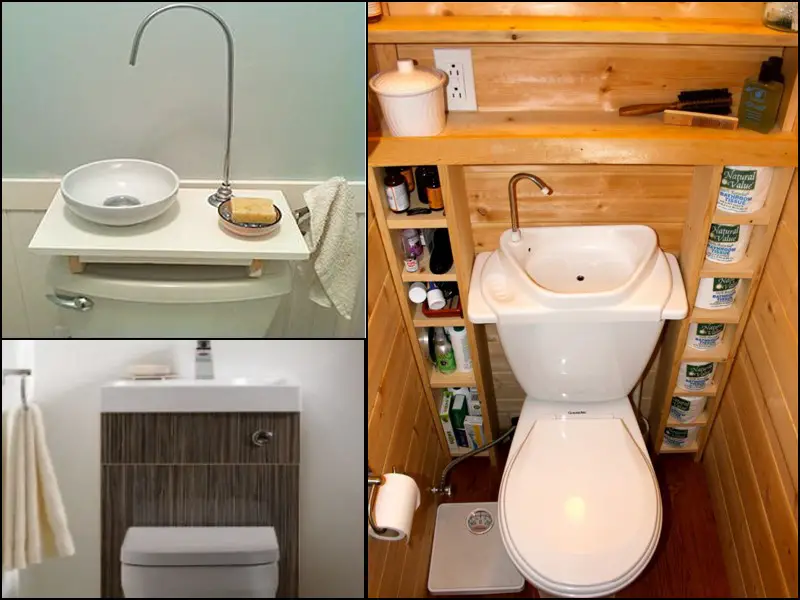
The bathroom is usually pretty cramped, to begin with, so why waste counter space with lots of different hygiene products and toiletries when you can find store them in containers built into your bathroom walls?
It is recommended to use wall-to-wall bookshelves for the optimized organization in every room, although it works especially well in the bathroom because of all of the toiletries, shampoos, lotions, and toilet paper, lots and lots of toilet paper. Similar to your kitchen, applying fasteners on the inside of cabinet doors is great to save on space.
Whether you have a sliding or swinging shower door in your shower, you can hang up a metal rack that fits snugly just over the top of the door, creating shelves in your shower. You can find the same type of shower shelves with suction cups on them that will cling to tile and plastic. Just don’t put anything too heavy on them – suction cups can only hold so much weight
3. Living Room & Bedroom
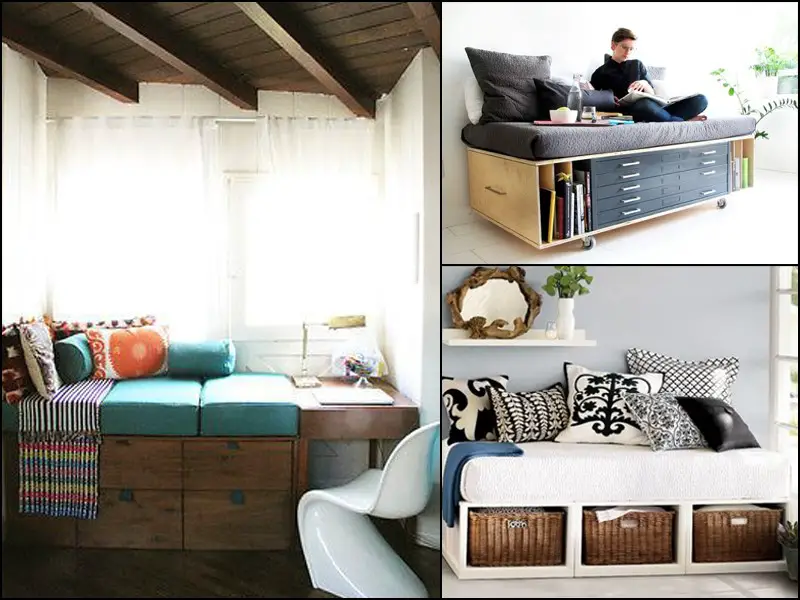
This is probably the room in which you will be spending the most time, as well as the location where you will be entertaining guests, so you want it to look especially free of clutter.
When you’re buying furniture, priority should always go to the functional pieces which double as storage containers. From stools to benches to couches and more, most furniture can easily double as extra real estate. Once you really get into finding ways to use all of the furniture on board as extra storage, you will be surprised at how much space was there that you never even knew existed.
Is your tiny home built on a truck bed, or do you have floorboards with a few extra inches of precious free space? By cutting away a square foot of the floorboards (preferably under a piece of furniture, where no one will see it), screwing a hinge on it, then drilling a hole through one side of the floorboard and knotting a rope or piece of yarn through it, you now have a wealth of additional storage space that is perfect for those items that you rarely ever use.
The exact same thing can be done with your ceiling. Verticle cabinets that slide out are easy to install and perfect for extra linens. Just make sure you don’t put anything fragile in your ceiling drawer and remember to lock them if you’re traveling in your tiny home. If you have a stepped tiny house, you can take this one step further and add a crawl space or tiny attic.
4. Managing Your Storage
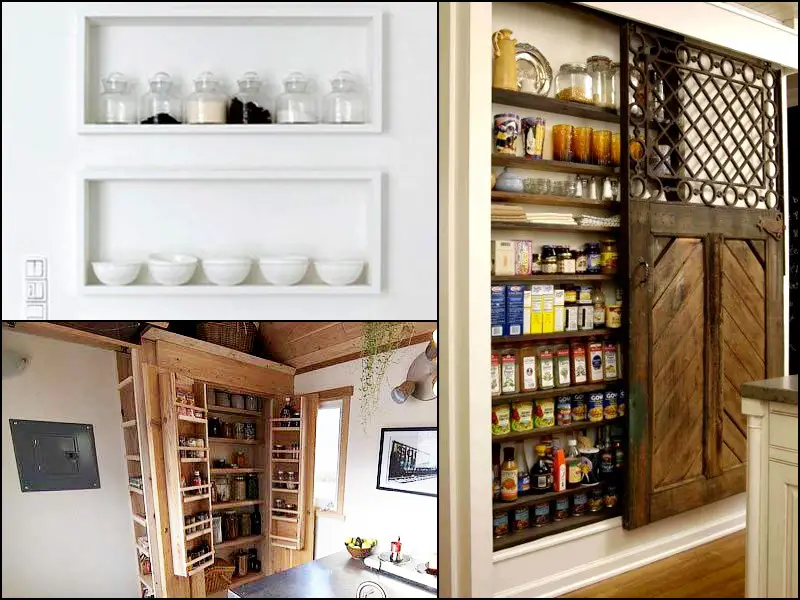
We discussed a wide variety of ways in which you can find extra storage in hidden places lurking in each room of your tiny home, but you may be surprised to find out that there can always be more.
If you’re really hurting for more storage space and you think that you have exhausted every possible free space available, then it’s time to bring out your building plan and blueprints. Do you have extra attic space available? How about under the floorboards? With a little bit of creativity, you’ll be able to find storage compartments all over your tiny house with ease.
The secret to maximizing storage space within one given area is volume. All items should be flat and flush against one another. Do not try to fit anything that is curved or awkwardly shaped in the same storage container, doing so will create a wasteful bubble of empty space.
Instead, store all awkward shaped, round, or curved items in their own special area. Remove excess packaging or bulky containers whenever possible. If it won’t fit, don’t force it. After all, we are looking for a minimalistic approach to storing items.
At the end of the day, if you still haven’t found storage space for something, then it’s time to do a complete inventory of what you do and does not need. By clinging to the bare essentials and relinquishing the rest, you are guaranteed to enjoy your home to its fullest.
5. Lights & Airflow
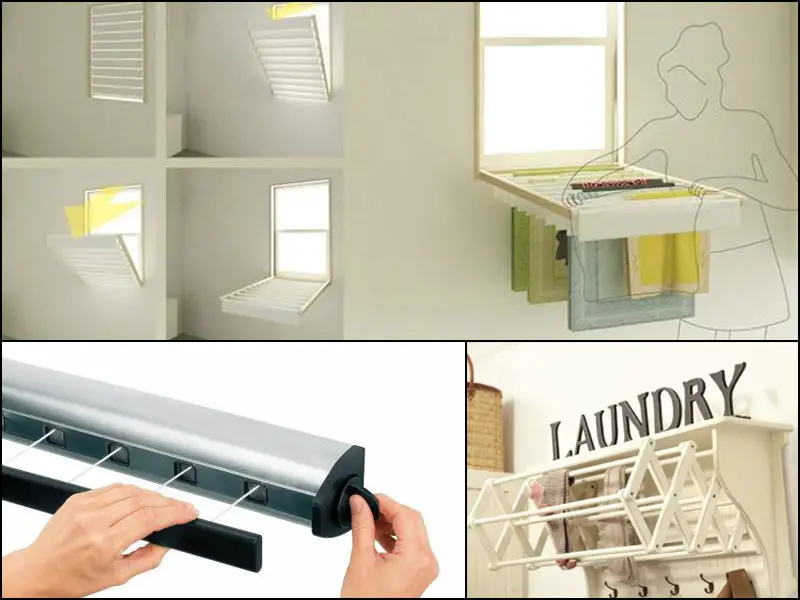
Most tiny homes don’t come with air conditioners because they don’t need them. As hot as summer might be, tiny homes should be equipped with parallel windows to allow for ample airflow to circulate throughout the house.
In the coldest winter months, tiny homes should prepare every meal over the stove in order to generate trap heat within the home. All windows should also be weather-proofed to help insulate the house from icy winter conditions. Double or even triple glass is a serious consideration with regards to this issue.
More Tiny House Posts & Other Posts You Might Like: